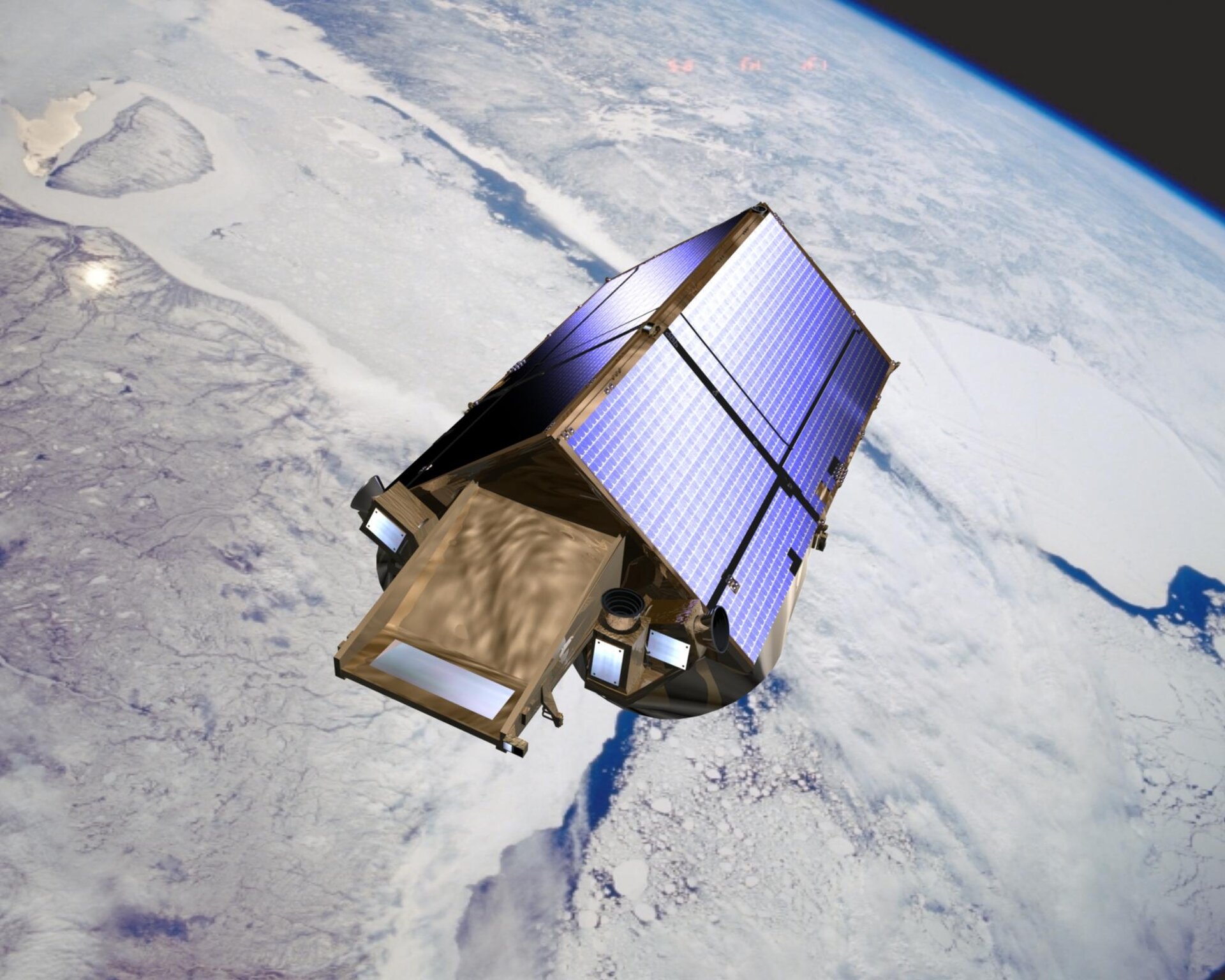Northern exposure to greatest climate change? CryoSat should find out
Current climate models forecast that the impact of global warming will increase the further a region is from the equator. Ice thickness results from ESA's CryoSat will shortly indicate whether these predictions are on the right lines.
Whereas different meteorological models each have their own projections for our future climate they all appear to agree on one point: the Arctic climate will change more quickly and severely by comparison to any other location.
"That in itself is reason enough to await the CryoSat data with high expectations," says meteorologist Jens Hesselbjerg Christensen of the Meteorological Institute of Denmark (DMI).
Last year DMI contributed to the report Impacts of a Warming Arctic, published by the Arctic Climate Impact Assessment (ACIA), a body that resembles the United Nations Intergovernmental Panel on Climate Change (IPCC) but with its remit focused on the Poles.
According to the climatologists, global warming will be more dramatic the further one moves north. To give one example, the ACIA predicts the mean average temperature will have risen three degrees Celsius in Denmark but no less than seven degrees in the Northern part of Greenland.
Obviously a number of circumstances will still influence the situation and we don't know what the actual level of temperatures will actually be in 75 years time. However the tendency is clear: for the most dramatic changes, look north.
"Data from satellites is the best tool to verify if the models we have developed are indeed accurate," Hesselbjerg Christensen adds.
Catastrophic change ahead?
Asked whether Arctic climate change will affect Europe, Hesselbjerg Christensen answers: "Well, I too saw the movie 'The Day After Tomorrow', in which the Gulf Stream collapses and dramatic climate change takes place. Climatologists are in strong disagreement whether something like that could actually happen.
"We know the Gulf Stream has been absent in ancient times, but that was during the Ice Age. Right now we are between Ice Ages and there is no evidence of the Gulf Stream having stopped in such circumstances previously. On the other hand we are approaching temperatures that haven't been observed for a very long period of time and I would not exclude the possibility of the Gulf Stream being weakened.
"At the very least the possibility is a joker in the pack. There is no way however that the very rapid change taking place in 'The Day After Tomorrow' could really happen."
The Danish climatologist underlines that if you look in a large enough time-scale perspective, the rise in temperatures measured so far is hardly unprecedented. From research on ice core samples it has been established that the temperature in Greenland has on some occasions taken a four to six degree jump, which is the same level as predicted in the ACIA report.
"However the earlier temperature jumps have occurred in ice age periods. So far the temperature has not risen all that much but the question is whether we are about to pass a 'point of no return' where the climate gets out of balance in a way that well start a vicious cycle. We do not have an answer to that as this point.
"It will be of great value to have up-to-date satellite data of high quality. And the longer time the satellite can stay in service, the higher the quality of analysis we will be able to make."
Because the amount sea ice is a factor in the development of weather, the meteorologist believes that CryoSat measurements of sea ice could also help with weather forecasting.





